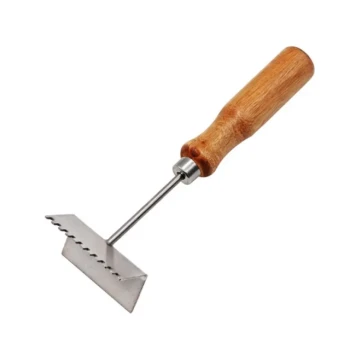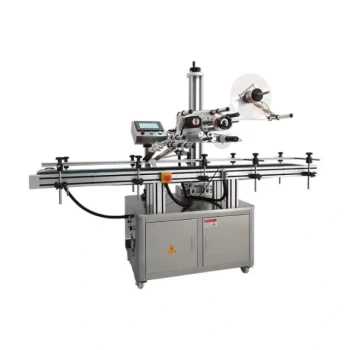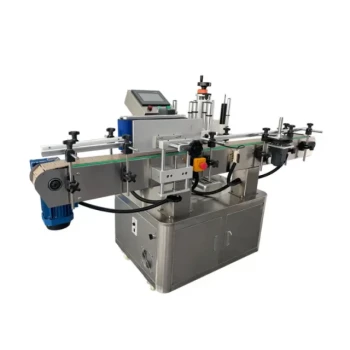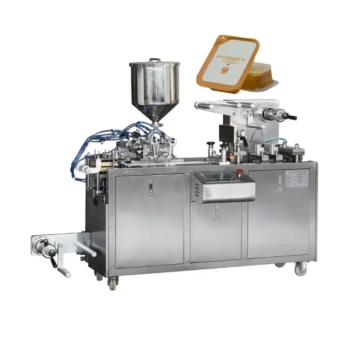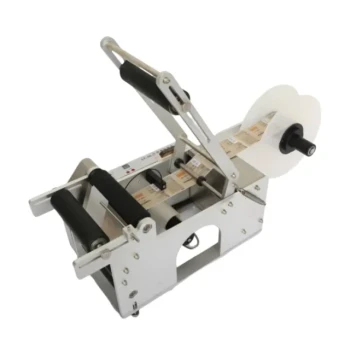To effectively test for Varroa mite infestations, beekeepers rely on two primary, proven methods: the alcohol wash and the powdered sugar roll. These quantitative tests provide an accurate mite count, allowing for timely and effective treatment decisions. Tools like the Varroa EasyCheck are designed to simplify the process for either method, ensuring reliable results.
The core principle of Varroa management is not just looking for mites, but quantifying their presence. Visual inspections are notoriously unreliable, while systematic testing using an alcohol wash or sugar roll provides the hard data necessary to protect your colonies from collapse.

The Gold Standard: Quantitative Mite Testing
The goal of testing is to determine the "mite load," or the percentage of mites per 100 bees. This number is your most critical indicator of colony health and guides your treatment strategy.
The Alcohol Wash Method
The alcohol wash is considered the most accurate and reliable method by scientists and professional apiarists. It provides a definitive count of the phoretic mites attached to adult bees.
The process involves collecting a half-cup of bees (approximately 300) from a brood frame, immersing them in rubbing alcohol, and shaking the container. The mites detach from the bees and can be easily counted in the liquid.
While this method sacrifices the bees in the sample, the loss of ~300 bees is negligible to a colony of 30,000-60,000 and is a small price for the accurate data needed to save the entire hive.
The Powdered Sugar Roll Method
The powdered sugar roll is a popular alternative that does not kill the bees. It is effective, though generally considered slightly less accurate than the alcohol wash.
In this method, a half-cup of bees is gently rolled in powdered sugar. The fine powder encourages the bees to groom and dislodges the mites, which then fall through a mesh screen and can be counted on a light-colored surface.
This is an excellent choice for beekeepers who are uncomfortable with the alcohol wash, as it still provides a solid quantitative measure of the mite load.
Why These Methods Are Superior to Visual Checks
Relying on seeing mites on bees' backs or crawling on frames is a recipe for disaster. At any given time, the vast majority of Varroa mites are hidden from view, either reproducing inside capped brood cells or tucked between a bee's abdominal segments.
Quantitative testing is the only way to reveal the true level of infestation before it becomes visibly obvious, by which point it is often too late to save the colony.
Understanding the Trade-offs
Choosing a testing method involves balancing accuracy with other considerations. Your choice should be deliberate and consistent.
Accuracy vs. Bee Survival
This is the primary trade-off. The alcohol wash offers maximum accuracy but sacrifices the sample of bees. The powdered sugar roll preserves the bees but can be slightly less precise, as some mites may fail to dislodge.
For most beekeepers, the superior accuracy of the alcohol wash provides the confidence needed to make critical treatment decisions.
Ease of Use and Equipment
Both methods are straightforward and require minimal equipment. A dedicated device like the Varroa EasyCheck simplifies collection and counting for both alcohol and sugar methods.
Alternatively, you can build a tester with two wide-mouth jars, a measuring cup, and a circle of #8 hardware cloth (1/8" mesh).
Implementing a Monitoring Strategy
A one-time test is a snapshot, not a strategy. Consistent monitoring is essential for keeping mite populations below dangerous levels.
When to Test
You should monitor mite levels multiple times throughout the year to understand their population dynamics. A robust schedule includes testing:
- Early Spring: To assess the overwintered mite load and inform early intervention.
- Mid-Summer: After the main honey flow, as bee populations peak and mite populations begin to explode.
- Late Summer/Early Fall: To determine if a pre-winter treatment is necessary.
- Late Fall (November): A final check to ensure the colony is going into winter with a very low mite count.
What the Numbers Mean
The purpose of counting mites is to compare your result against an established treatment threshold. This threshold is the mite level at which action is required to prevent colony damage.
While thresholds vary by region and time of year, a common guideline is to treat when the mite count reaches 2-3 mites per 100 bees (or 6-9 mites in a 300-bee sample).
Making the Right Choice for Your Colony
Your testing strategy should be proactive, consistent, and based on data.
- If your primary focus is maximum accuracy: Choose the alcohol wash method as your standard for making treatment decisions.
- If your primary focus is preserving every bee: Use the powdered sugar roll method, but be extra diligent about testing frequently to compensate for its slightly lower precision.
- If your primary focus is long-term colony health: Establish a firm testing schedule and stick to it, regardless of which method you choose.
Proactive monitoring is the defining difference between a beekeeper and a successful one.
Summary Table:
| Method | Accuracy | Bee Survival | Key Tool |
|---|---|---|---|
| Alcohol Wash | High (Gold Standard) | No | Varroa EasyCheck, Jars |
| Powdered Sugar Roll | Good (Slightly Less) | Yes | Varroa EasyCheck, Jars |
| Visual Inspection | Unreliable | Yes | N/A |
Protect your investment with professional-grade tools. Consistent, accurate Varroa mite testing is non-negotiable for commercial apiaries and distributors. HONESTBEE supplies the durable, reliable beekeeping equipment you need to implement these proven methods effectively. From Varroa EasyCheck devices to essential hive tools, our wholesale-focused operations ensure you get the quality supplies required for successful, data-driven beekeeping. Contact HONESTBEE today to discuss your equipment needs and keep your colonies thriving.
Visual Guide
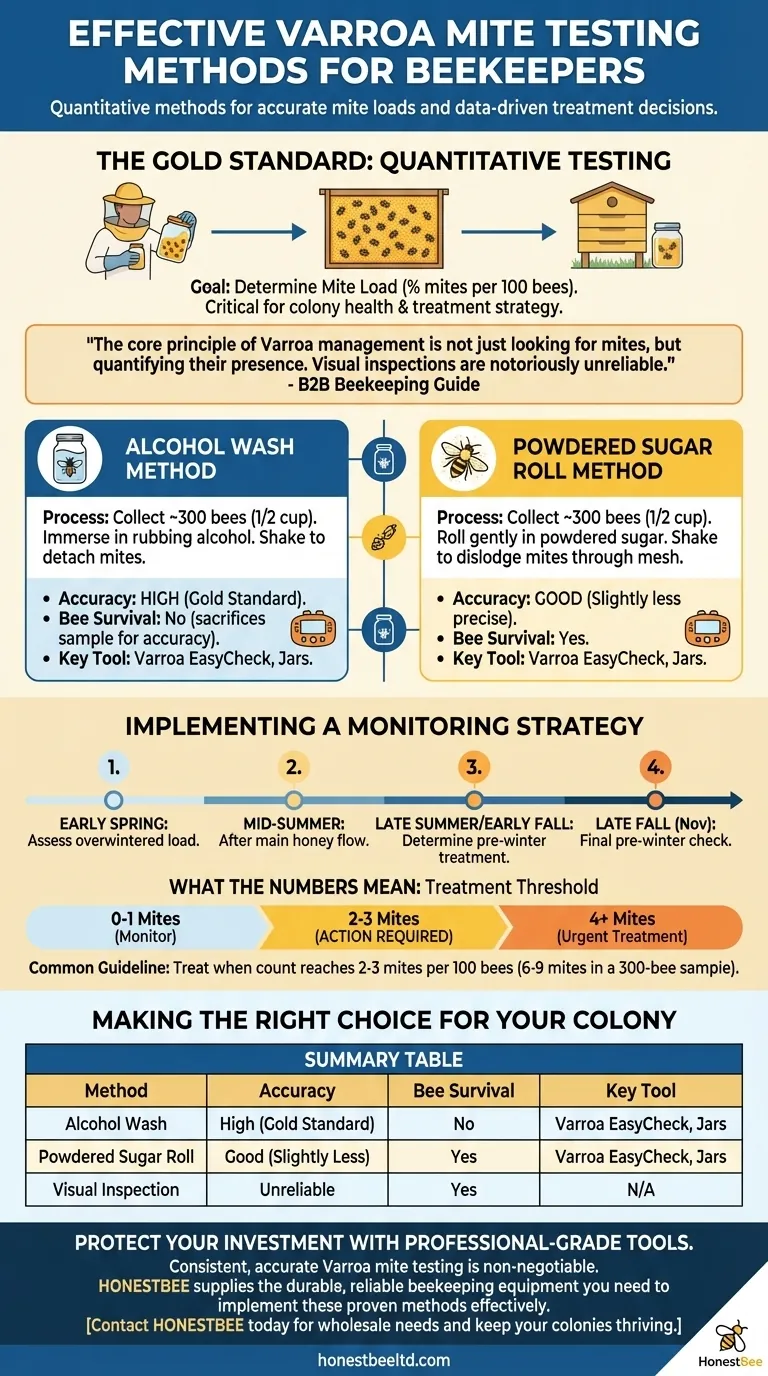
Related Products
- Varroa Easy Check Mite Tester Kit Counter Alcohol Wash Jar
- 3 Layer Mesh Vented Sting Proof Beekeeping Suit with Hat and Veil
- Professional Dual Action Queen Excluder Scraper for Beekeeping
- Heavy-Duty T-Style Frame Perch
- Vented Beekeeping Jacket with Hood and Veil for Beekeepers
People Also Ask
- Why is an alcohol wash preferred over powdered sugar rolls? For Accurate Varroa Mite Management
- How does the Varroa EasyCheck determine mite counts? Achieve Accurate Hive Health Monitoring
- What is the most accurate method for monitoring varroa mites? The Definitive Guide for Beekeepers
- How often should varroa mite checks be performed using the alcohol wash method? Optimize Your Apiary's Health
- What are the steps to perform an alcohol wash test after collecting the bees? A Guide to Accurate Varroa Mite Counting


